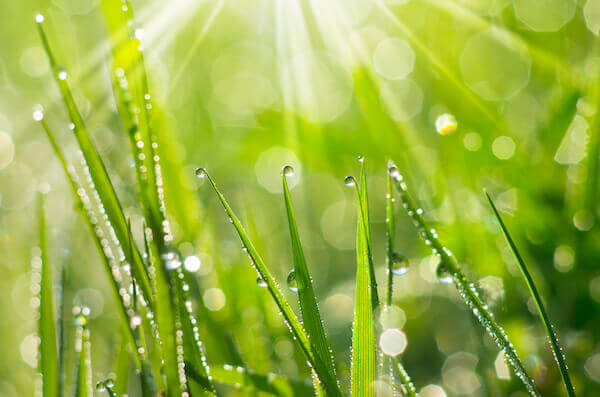
Finding Balance in your Florida-Friendly Lawn
Sod can transform your outdoor living space in a matter of hours. It may be tempting to sit back and relax after our installation specialists lay the fresh mat of turf in your yard, but there is still work to be done. The success of your sod, no matter the variety, depends on a delicate balance of sunlight, water, air, and nutrients. Once your lawn is established, finding that perfect balance is easy. It all comes down to the right plant in the right place.
Sunlight
All types of turf thrive in full sun, yet none will survive in full shade. When you’re planning where your sod will go, it’s important to note which areas of your yard will not be suitable for turf. Fill the shady spaces with another variety of Florida-friendly plant.
Water
Your sod installer will let you know how to care for your lawn immediately after it is laid. It’s important that you keep the fresh sod moist so it can properly establish a root system. Depending on the variety, watering requirements in these crucial first weeks will vary significantly. Make sure you fully understand the installation specialist’s instructions, and call Duda Sod if you need further clarification.
It is also important to note that the type of soil your sod is planted in can affect how it absorbs water. Sandy soil drains fast. You will need to water your turf more frequently in sandy soil to maintain a lush, green color. Too much or too little water can damage your lawn as well as invite fungus, mold and insect pests.
Air
It is important that air is able to reach every part of your turf, this includes the leaf blades and the roots. Compacted soil can suffocate roots and hinder its ability to thrive. Ask your lawn care professional their recommended solution for compacted soil.
Nutrients
Each sod variety has its own unique nutrient requirements. New sod will not need any additional fertilizer to begin its life in your yard. Once it is established, using a Florida-friendly, slow-release, granular fertilizer is best. This type of nutrient feeds your lawn over time and mitigates the amount of excess fertilizer that can leach into the soil. If you have questions about applying fertilizer for to your chosen variety of sod, ask your local IFAS extension agent, a John Deere Landscapes representative or contact Duda Sod.
By creating a perfect balance of sunlight, water, air, and nutrients, you can nurture a thriving lawn of lush turfgrass for many years to come. Well maintained lawns thrive in harmony with their surroundings and are more resistant to drought, pests, and other common lawn problems. If you have questions about how to bring the perfect balance to your lawn, give Duda Sod a call today.